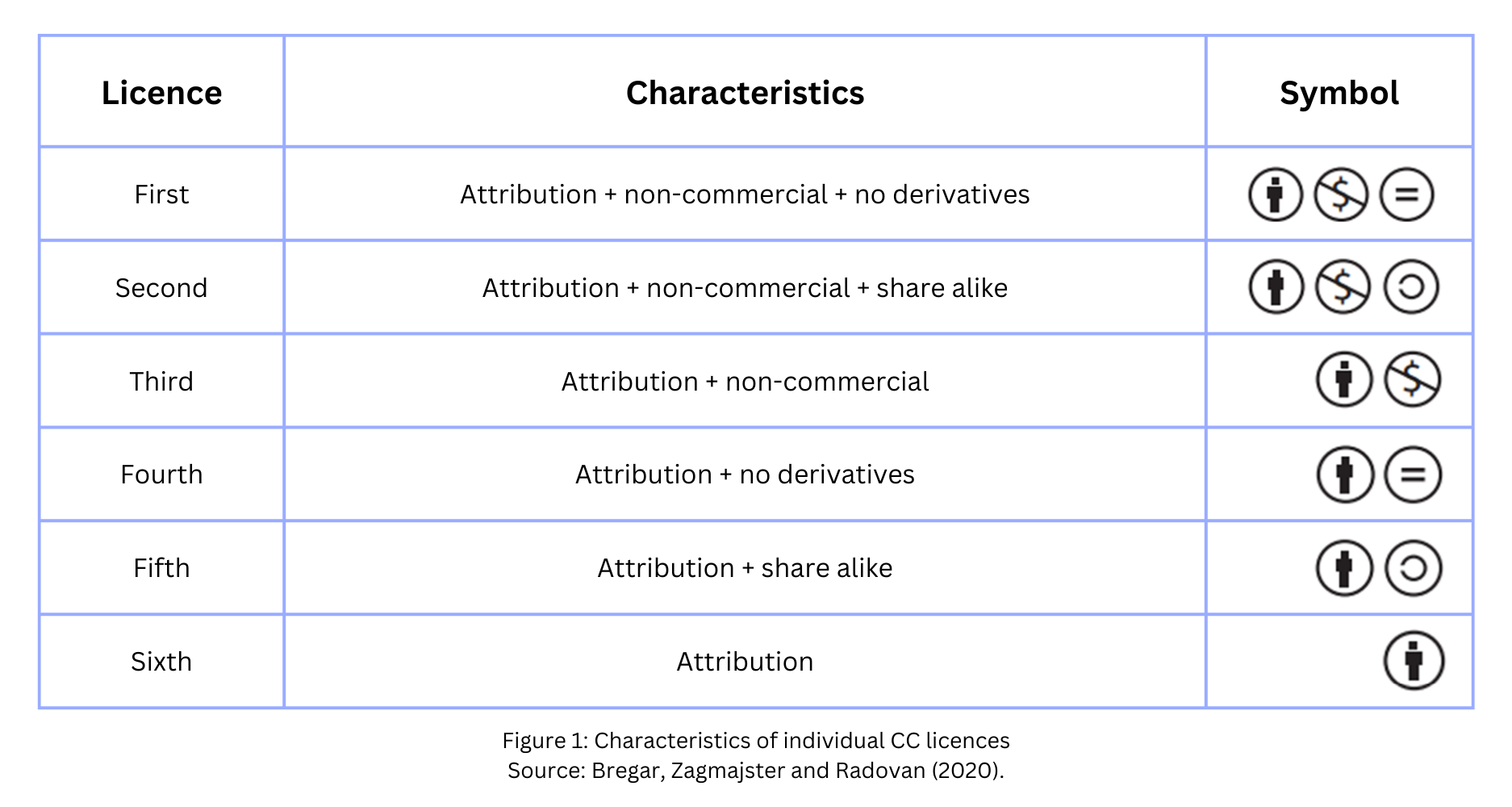Open educational resources (OER) are part of the open education movement, which seeks to provide access to knowledge and educational opportunities for all without restrictions (Bregar, Zagmajster and Radovan, 2020). In recent years, OER have been gaining ground, increasing in number and improving in terms of accessibility and quality. The use of OER is becoming an indispensable practice for the implementation of quality e-learning.
So, what are OER?
OER are digital learning resources offered freely and openly to all in order to be used, shared, combined, adapted, and expanded in teaching, learning and research (Orr, Rimini and van Damme, 2015). OER should be published in formats or on data carriers that make it as easy as possible to access, use, modify and adapt them (Keller and Mossink, 2008). According to these definitions, only materials that allow for use in the widest sense of openness, including modification and adaptation, can be considered true OER. Some experts, however, give a slightly broader definition of OER, e.g. as all materials that students and teachers are free to use without having to pay royalties or licence fees (Kanwar and Uvalić-Trumbić, 2015). In line with this definition, OER can also be considered to be materials that permit only the free use and distribution of the original work, without modification or adaptation.
OER are usually accompanied by Creative Commons (CC) licences, which specify the different ways in which the copyright material may be used.
 There are six different CC licences. They all require attribution to be given to the original work, but differ in the following respects or their combinations:
There are six different CC licences. They all require attribution to be given to the original work, but differ in the following respects or their combinations:
1) permission to use/distribute the material commercially or non-commercially,
2) permission to modify or adapt the material, and
3) requirement to share the adapted material under the same conditions (Figure 1).
In light of this definition of OER and the characteristics of individual CC licences, the ways of working with OER can be classified into four groups:
The basic way of working with OER is enabled by material under the first or fourth CC licence. The fourth CC licence differs from the first in that it also allows commercial use/distribution of the original material. The advanced and progressive way of working with OER is made possible by material that has a CC licence also allowing derivatives. These are the second, third, fifth and sixth CC licences. The second and fifth licences both require the sharing of adapted material under the same conditions (i.e. under the same CC licence), but differ in their permission for commercial use of the adapted material. The third licence does not require sharing under the same conditions and only allows non-commercial use of the material. The sixth licence requires only attribution and imposes no further restrictions.
The four ways of working with OER described here coincide with the 3A classification – Adopt, Adapt, Author (Prince George’s Community College, n. d.). The basic way means to simply Adopt and use the existing material in its original form. The advanced and progressive modes refer to the adaptation of existing material (Adapt), while the complex mode refers to the preparation or authorship of new material (Author).
DOBA Business School, the leading private higher education institution in the field of online learning in SE Europe, has recognised the importance and need to introduce OER into the teaching process. In the process of the gradual revision of the online learning model (Master Plan project), special attention is being paid to the OER segment. We have thus already provided training for higher education teachers and prepared materials for the introduction of OER in individual courses.
This introduction is systematic and gradual. In the first phase, higher education teachers are expected to use OER at least at the basic level, i.e. to use and distribute the original material without adaptations or modifications. At the same time, we encourage higher education teachers to use other ways of working with OER, especially translations of foreign material into Slovenian or Croatian. We estimate that the systematic introduction and use of OER will significantly improve the quality of learning materials in the medium term, thereby meeting the high expectations of students for the required learning materials.
References:
Bregar, L., Zagmajster, M., Radovan, M. (2020). E-izobraževanje za digitalno družbo. Andragoški center Slovenije. https://www.acs.si/digitalna-bralnica/e-izobrazevanje-za-digitalno-druzbo/
Keller, P. and Mossink, W. (2008). Reuse of material in the context of education and research. Países Bajos: Creative Commons Netherlands.
Kanwar, A. and Uvalić-Trumbić, S. (2015). A Basic Guide to Open Educational Resources (OER). Paris, Vancouver: UNESCO and Commonwealth of Learning. http://wayback.archive-it.org/10611/20160904202756/http://unesdoc.unesco.org/images/0021/002158/215804e.pdf
Prince George's Community College. (n. d.). Library and Learning Resources. https://pgcc.libguides.com/c.php?g=254590&p=1698213
Orr, D., Rimini, M. and van Damme, D. (2015). Open Educational Resources: A Catalyst for Innovation, Educational Research and Innovation. Paris: OECD Publishing. https://doi.org/10.1787/9789264247543-en